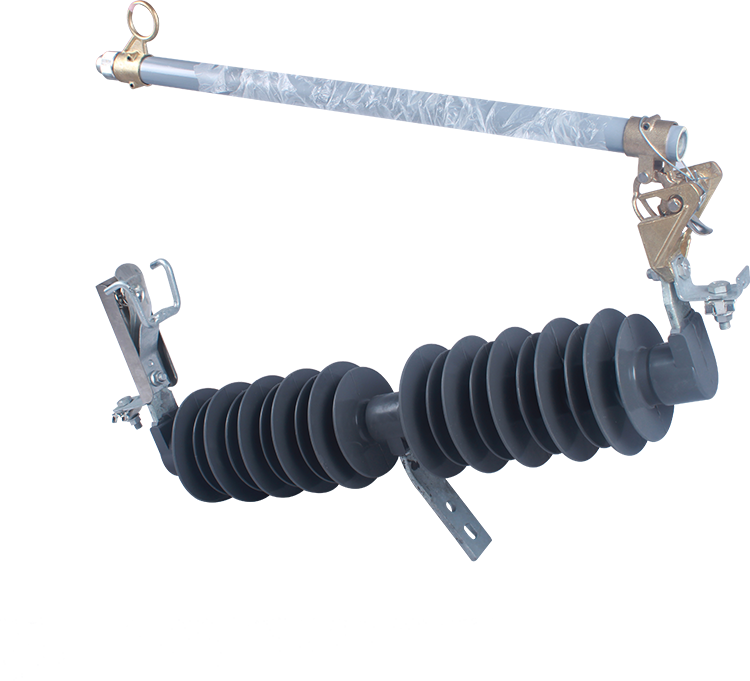
That "bargain" HV fuse quote might be flashing like a neon sign, but the real bill often comes later – in downtime, fines, and emergency replacements. Stop losing money to invisible costs. Here’s where cheap Fuses bite back, and how to fight smart:
Trap 1: The "Replace Me Again" Nightmare (Low-Quality Cycle Costs)
> Think of buying a cheap car that breaks down monthly. The "savings" vanish in tow trucks and mechanics.
The Pain:
Low-grade fuses fail prematurely under stress. One project used budget fuses rated for 35kA, but real-world surges caused 3 blowouts in 12 months. Each replacement meant:
Crew Costs: Sending a qualified HV team ($$$/hour)
System Downtime: Production/operation halted
Parts (Again): Buying another fuse... maybe two
Result: Total year cost exceeded premium fuses by 110%. That "low price" became a money pit.
Trap 2: The Compliance Guillotine (Certification & Customs Chaos)
> Like trying to drive abroad without an International Driving Permit. You're going nowhere fast.
The Pain:
Skipping crucial certifications for export projects is Russian roulette. Real consequences:
Customs Seizure: Shipments held at border, delaying projects weeks.
Re-Export Costs: Paying to ship non-compliant goods back.
Fines & Penalties: Regulatory bodies don't mess around.
Project Delays: Penalties for missing deadlines dwarf fuse savings.
Your Weapon: The Total Cost of Ownership (TCO) Calculator
Forget just the purchase price. Real cost =
`[Fuse Unit Price] + ([Annual Failure Rate] x [Replacement Cost per Incident]) + [Compliance Risk Surcharge]`

How to Use It (Example):
1. Cheap Fuse: $100 + (3 failures/yr x $500/replacement) + $200 (high risk surcharge) = $1,800/yr
2. Quality Fuse: $250 + (0.2 failures/yr x $500) + $50 (low risk) = $350/yr
`Replacement Cost = Crew Labor (2 hrs @ $150/hr) + Vehicle/Mobilization ($100) + Lost Production ($150 est.)`
Slash Hidden Costs: Your Action Plan
1. Buy the "Sweet Spot":
Target reputable Tier-2 manufacturers (not the absolute cheapest, not necessarily the most expensive). They often offer the best reliability/value balance with full compliance.
Prioritize Key Standards: IEC 60282-1 is the global baseline. Know your project's specific regional needs
2. Factor in Failure REALISTICALLY:
Ask suppliers for historical failure rate data on their fuses in similar applications.
Calculate YOUR replacement cost: Include labor rates, typical downtime costs, logistics. Don't guess.
3. Build in a "Compliance Safety Net":
Add a 5-10% buffer to your TCO for critical export projects to cover potential certification/documentation hiccups. Treat it like essential insurance.
The Bottom Line:
Cheap HV fuses are false economy. Pay slightly more upfront for certified quality and proven reliability. Your total project budget – and your sanity – will thank you. Stop buying price tags; start buying peace of mind.
>> Smart buyers calculate TCO. Smarter buyers demand the data to do it right.

Oil&Gas exploited
Automotive Manufacturing
Transportation & Dlistrlbutlon
Manufacture
Industrial Construction
Green Energy
Copyright ? 2024 All Rights Reserved
Back to top 
Comment
(0)